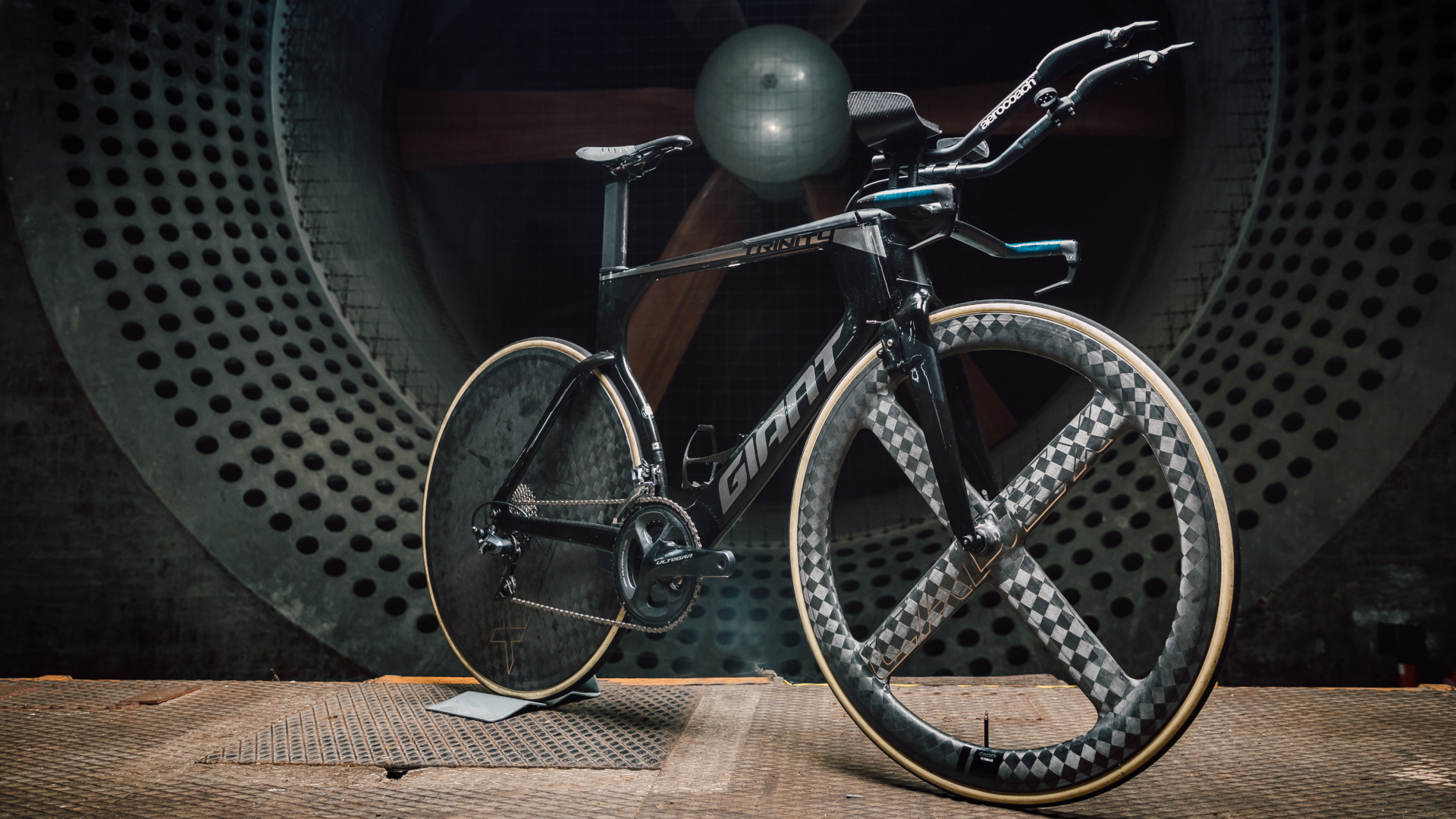Why hasn’t a drafting detection system been developed for Ironman races till now?
Due to the design, unfortunately it won’t also double as a wheelsucker detector for weekend warriors


In Ironman racing, the question of drafting is a thorny issue. The crux of the sport centres on an almost masochistic, herculean effort – anything which stands to detract from that is, naturally, a complete anathema.
And of course, you wouldn’t wish any of your co-competitors the chance of inadvertently diminishing their own efforts either.
With this as the context, two New Zealander triathletes, James Elvery and Dylan McNeice, sought to develop an accurate, reliable and consistent method for detecting and highlighting drafting in draft-illegal triathlon races, which make up the majority of events.
After six years of R&D, the Duo’s RaceRanger system is set to be used in select races through the first half of 2022, with full scale use in mass, age-group fields (over 3,500 athletes) planned for spring 2023.
So how does the RaceRanger work?
The bike of each competitor gets equipped with two sensors in a similar way to how timing chips are already mounted. The first sensor is attached to the fork leg, while the second is placed underneath the saddle.
When you reach a set threshold distance behind the rider in front, say, 16m (52ft), your front sensor will communicate with the rear sensor of the front rider and will display a slow, red flashing light indicating that the sensor has registered your presence, but that you’re still in the safe zone.
A post shared by RaceRanger (@race.ranger)
A photo posted by on
Edge closer, and you’ll end up crossing a second threshold at, say, 14m (46ft). Then, the signal changes to a rapidly flashing red light, warning you that if you get much closer you will enter the drafting zone.
Once you come past the 12m meter mark (which is World Triathlon’s common rule), the light changes to blue and the flashing becomes more rapid - with a single red flash repeating every 5 seconds. This alerts you that you’ve entered the drafting zone and now have 25 seconds to make a pass or face a penalty.
Now, the RaceRanger doesn’t completely automate the task of policing drafting - the discretion of race officials will still be needed at times. There may be sections of the course where athletes end up bunching through no fault of their own, such as at the foot of hills or through twisty town centre streets.
But it does have the potential to greatly boost the officials’ abilities to keep a handle on drafting.
A post shared by RaceRanger (@race.ranger)
A photo posted by on
For organisers to offer the system at their events, extra money will have to be raised - which will increase the entry fees. Initially, the RaceRanger system will only be offered for Ironman distance events, as the percentage price increase would be proportionally smaller than in shorter – and cheaper – events.
Currently, each unit of the RaceRanger system weighs 85 grams – for comparison, a Garmin Varia RTL515 radar bike light weighs 100g. The casing has been designed to minimise the aerodynamic impact, although naturally, there will be a penalty. But as everyone in the race would be using the system, this is unlikely to have an impact on the outcome of the race.

Thank you for reading 20 articles this month* Join now for unlimited access
Enjoy your first month for just £1 / $1 / €1
*Read 5 free articles per month without a subscription

Join now for unlimited access
Try first month for just £1 / $1 / €1
Get The Leadout Newsletter
The latest race content, interviews, features, reviews and expert buying guides, direct to your inbox!

After winning the 2019 National Single-Speed Cross-Country Mountain Biking Championships and claiming the plushie unicorn (true story), Stefan swapped the flat-bars for drop-bars and has never looked back.
Since then, he’s earnt his 2ⁿᵈ cat racing licence in his first season racing as a third, completed the South Downs Double in under 20 hours and Everested in under 12.
But his favourite rides are multiday bikepacking trips, with all the huge amount of cycling tech and long days spent exploring new roads and trails - as well as histories and cultures. Most recently, he’s spent two weeks riding from Budapest into the mountains of Slovakia.
Height: 177cm
Weight: 67–69kg
-
 Aero bikes with gravel wheels?: Six tech insights from Paris-Roubaix Femmes
Aero bikes with gravel wheels?: Six tech insights from Paris-Roubaix FemmesEverything we found out about tyre widths, self-inflating systems, and wheel choices from the cobbled Monument
By Tom Davidson Published
-
 'This race is absolutely disgusting': Peloton reacts to another brutal Paris-Roubaix Femmes
'This race is absolutely disgusting': Peloton reacts to another brutal Paris-Roubaix FemmesNow in its fifth edition, Paris-Roubaix Femmes is still a tough race, even for the best bike riders in the world
By Adam Becket Published